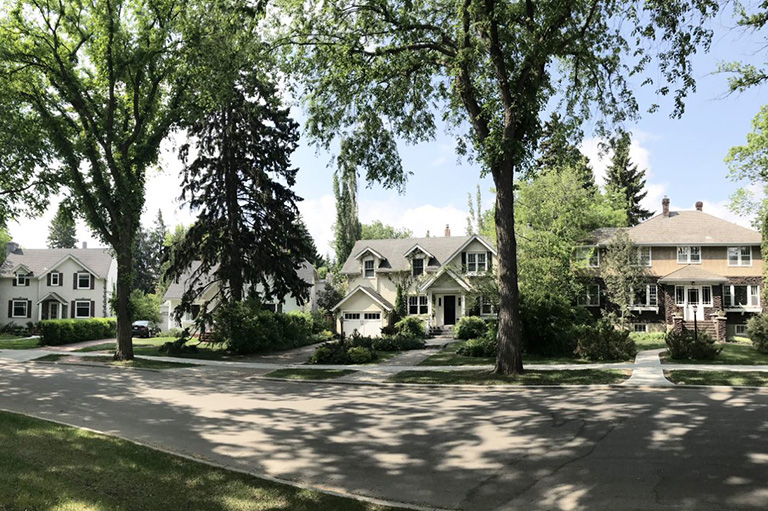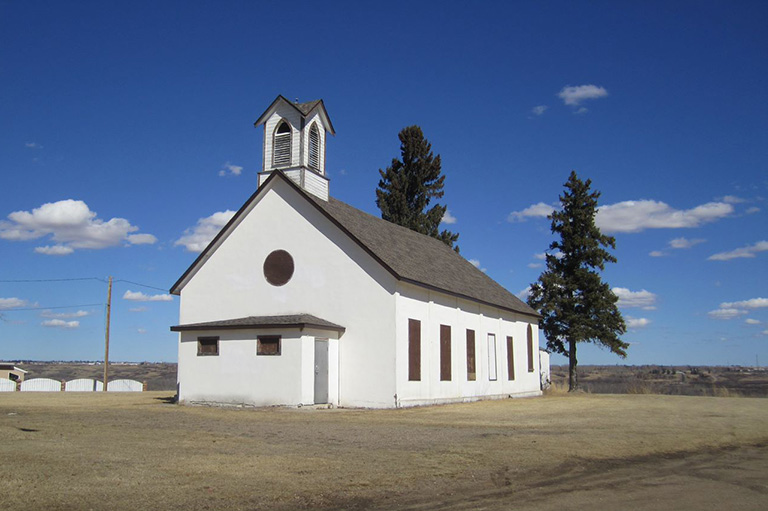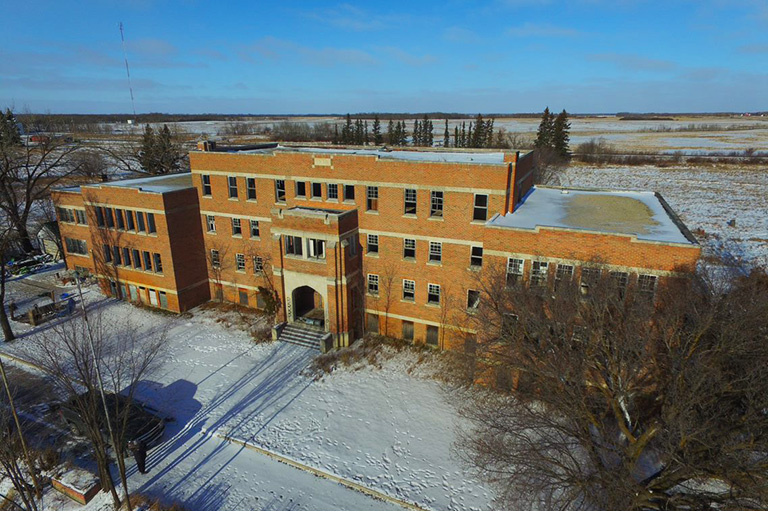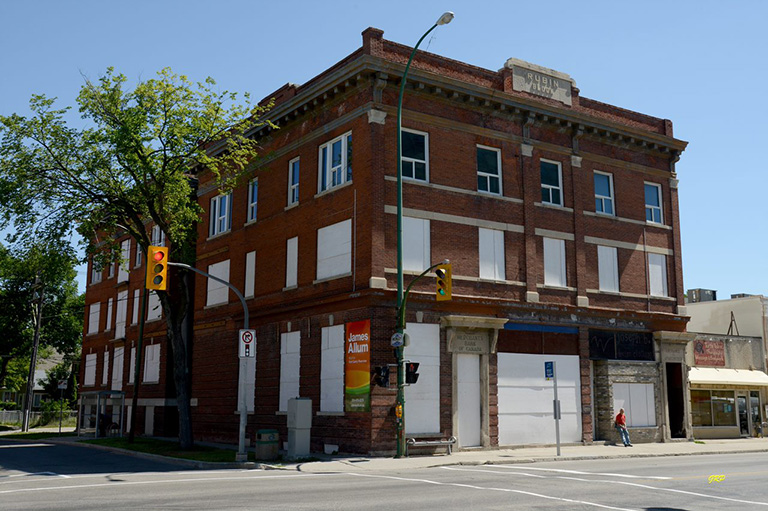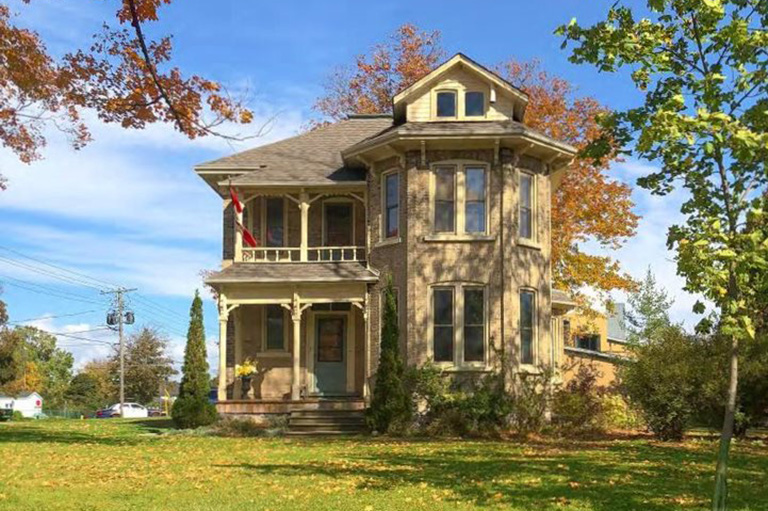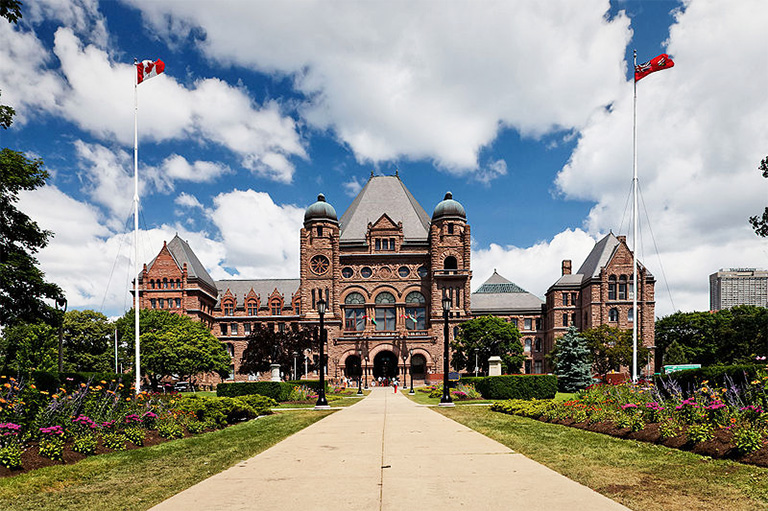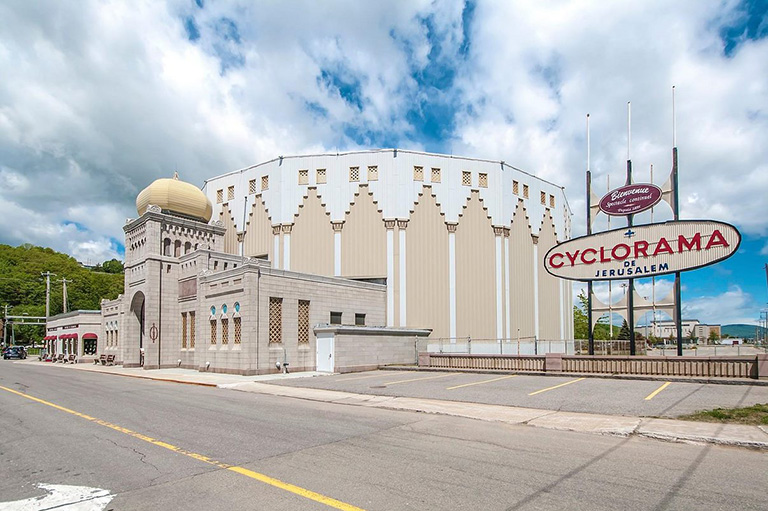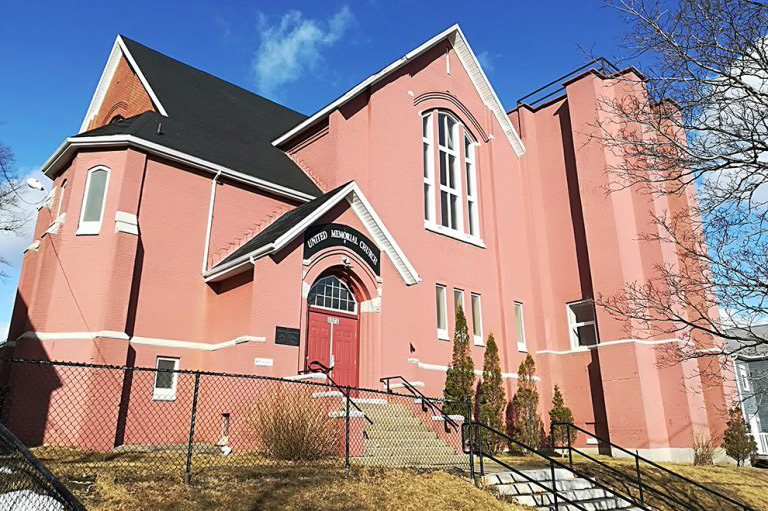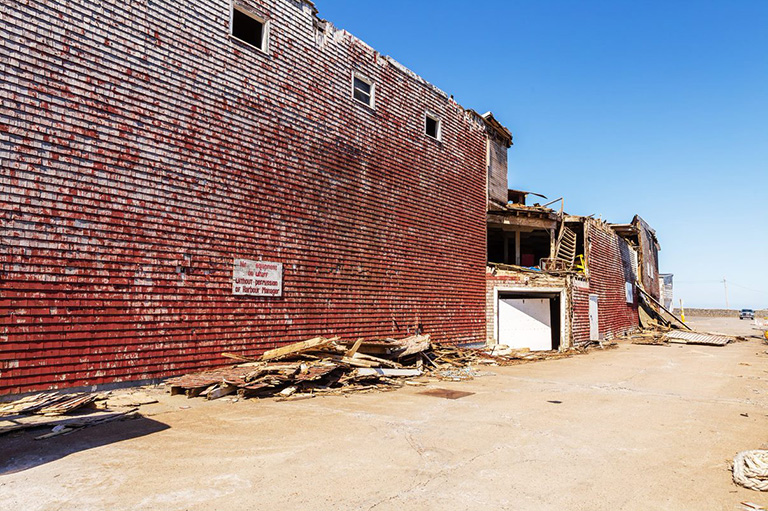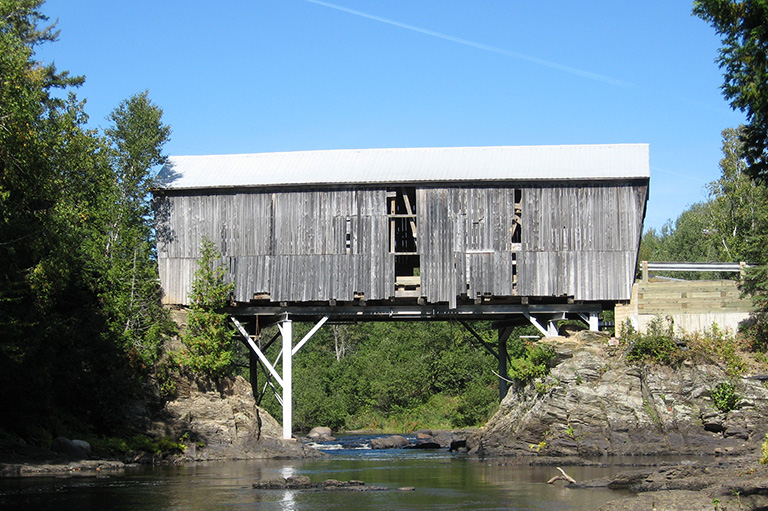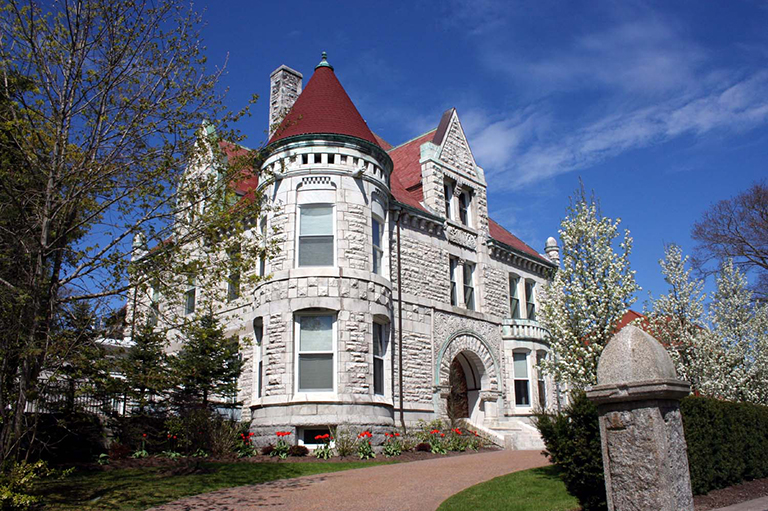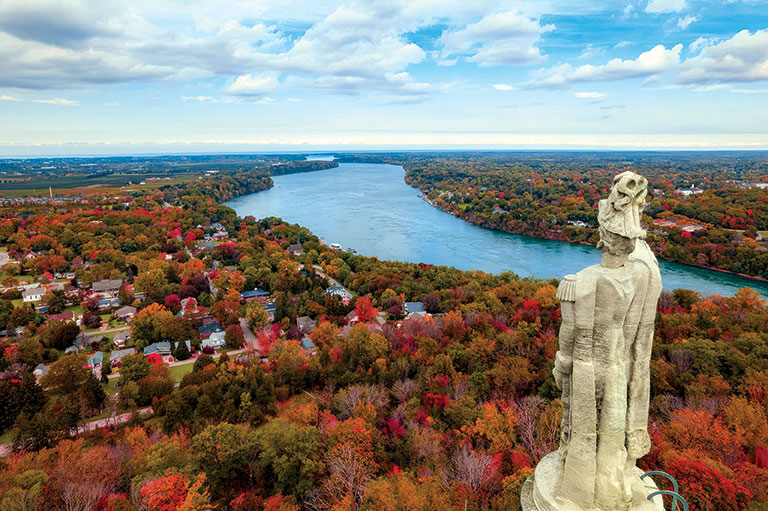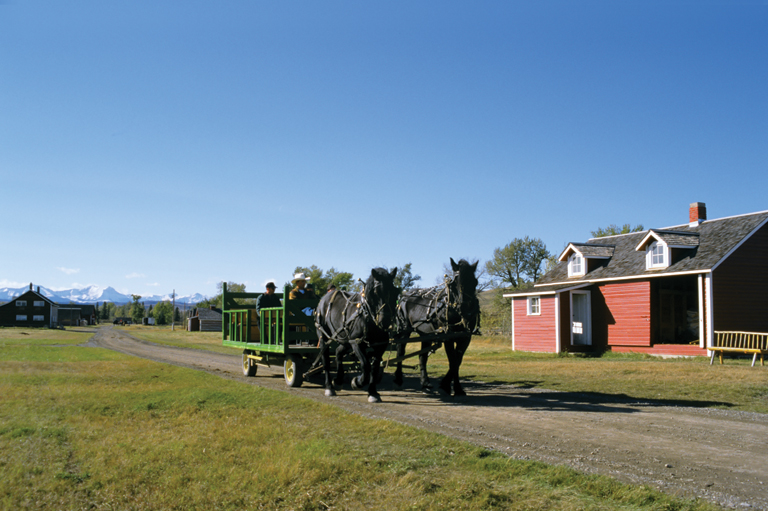Ile d’Orleans
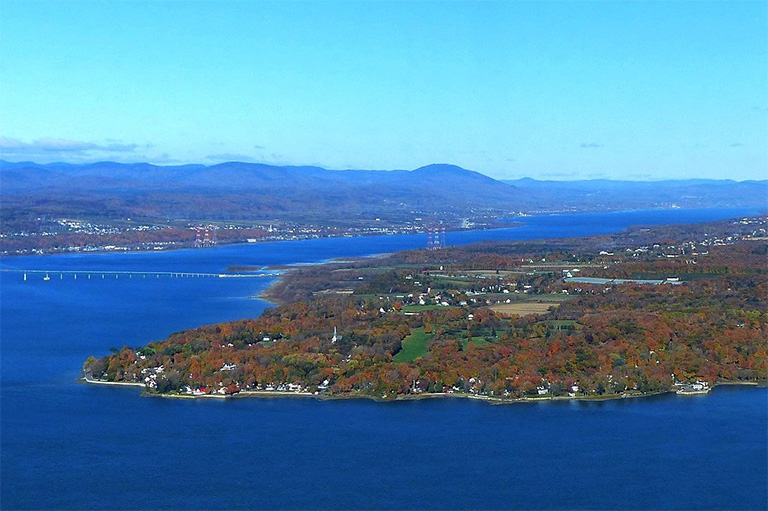
Location
Ile d’Orleans, Quebec
Why it matters
The important cultural landscape of Ile d’Orleans was designated as a historic district in 1970 to recognize its rich social, cultural and architectural heritage that has been called the cradle of French culture in North America.
The landscape still bears the physical imprint of the first families that settled the island in the 17th century and that went on to populate large sections of the new country.
Farm properties retain the characteristic form of the seigneurial system and the ever-present relationship with the St-Lawrence infuses the built environment.
Why it’s endangered
Despite its designation as an historic district, the cumulative impact of new developments on the Island — including a new luxury camping enterprise — is undermining conservation efforts.
Equally worrisome is the controversial project to build a “third link” between the two shores of the St-Lawrence.
This major project is being fast-tracked through the political process without a clear confirmation of the need or the most suitable location for the proposed new bridge.
In order to avoid putting at risk an extremely significant Quebec cultural landscape, provincial government leadership is required to establish a sustainable balance of conservation objectives and economic development.
This article is also available in French.
Canada's Top 10 Endangered Places List 2019
Themes associated with this article
Advertisement

